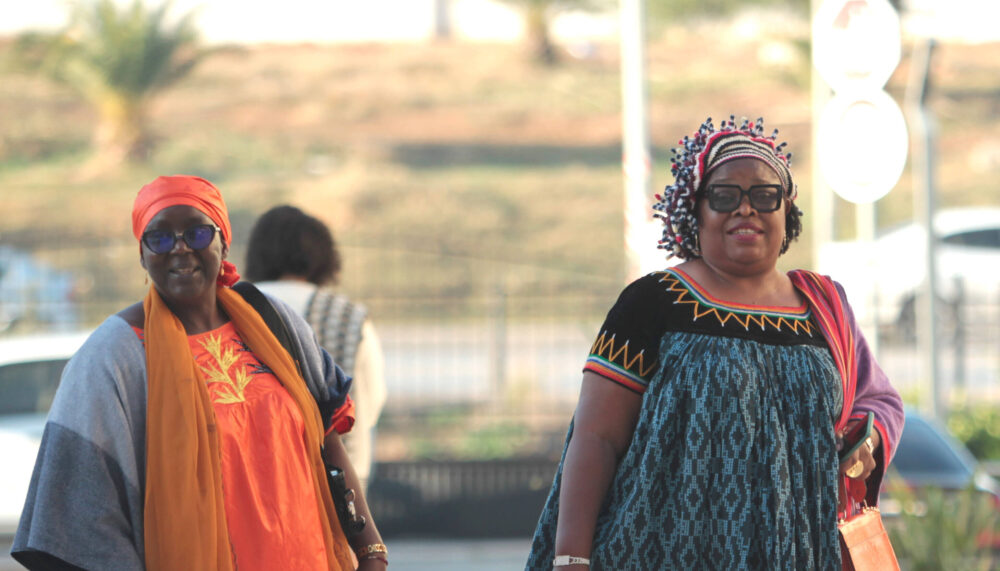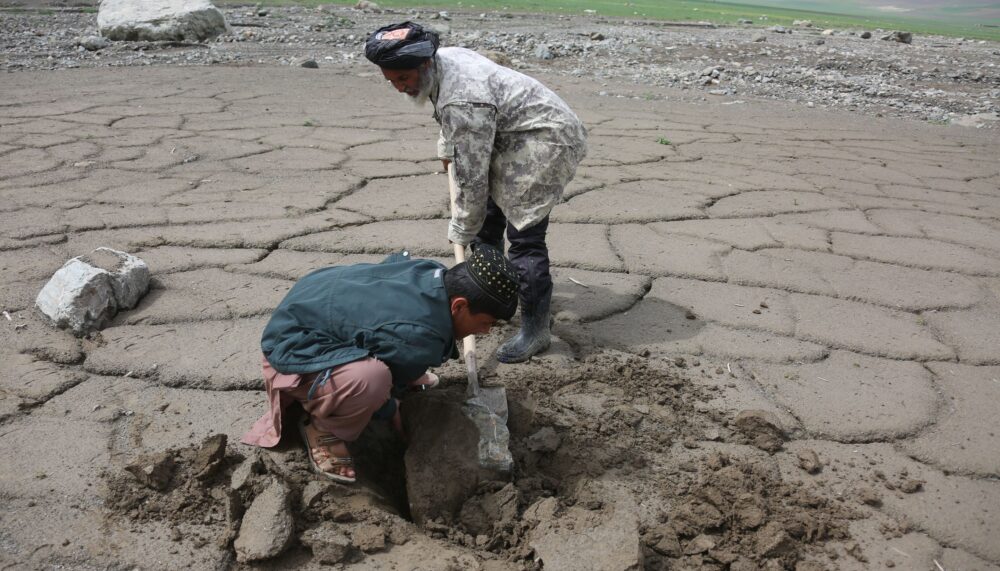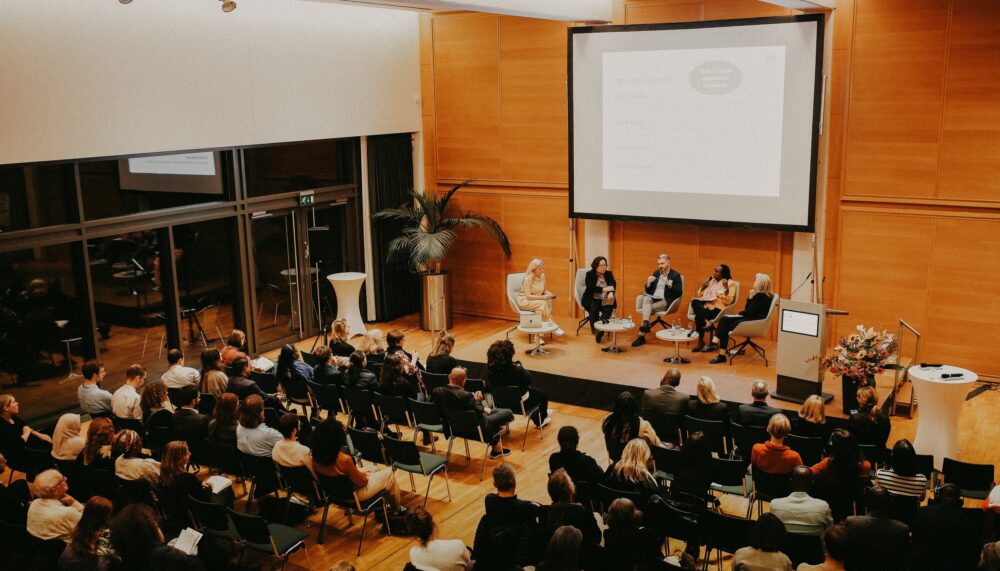BLOG POST | 20 Mar 2023
“Nothing about us without us”
Participatory methods in peacebuilding work
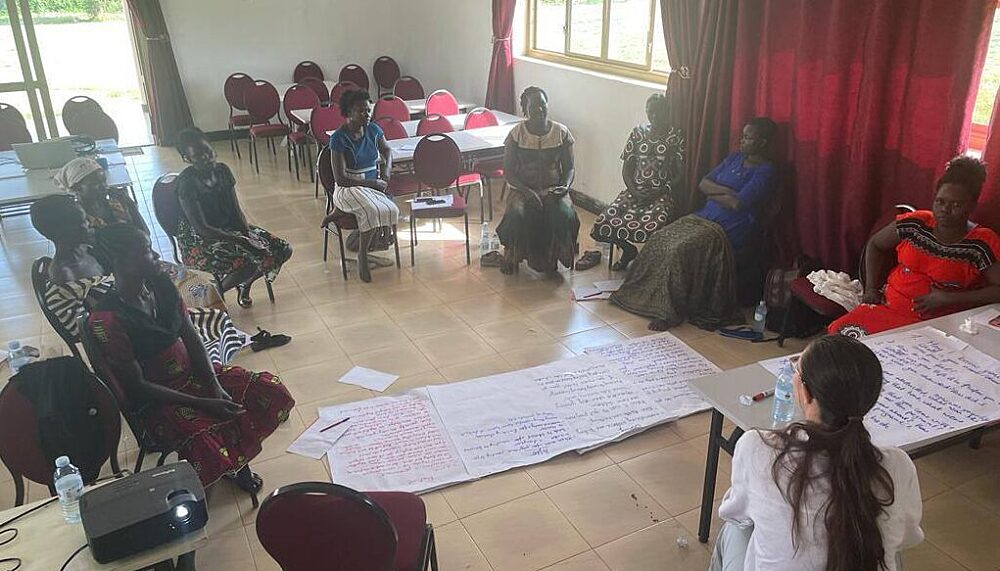
Our colleague Evelyn Pauls shares valuable insights on participatory peacebuilding approaches and lessons learned from her work with female ex-combatants.
By Evelyn Pauls
In spring 2022, my colleague and I were maneuvering plants around in a co-working space in central Bogotá to create a suitable backdrop for a practice video interview. This was the fourth time we were conducting videography and research training with women who had been members of armed groups. The training was part of a participatory action research project that explores and documents the long-term experiences of female ex-combatants re-integrating into society through their own eyes and in their own words.
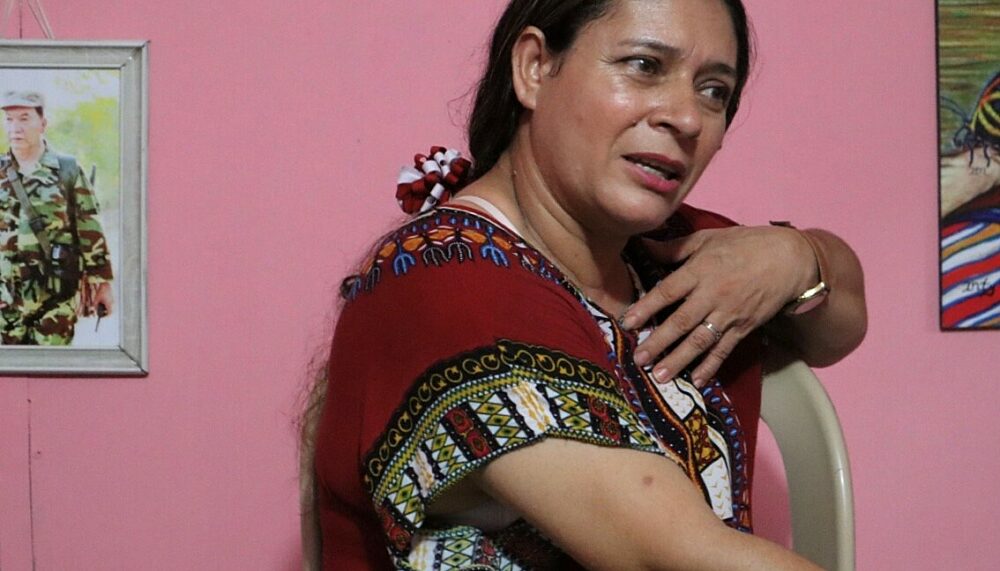
By now, we thought we had a pretty good understanding of what a workable structure would be for this collaborative documentary. But our partners in Colombia had a different idea. Instead of collecting the life stories of their former comrades – as other groups had done – they proposed to explore what it means to live and fight as a collective rather than as individuals during their time in the guerrilla and how it influenced their lives after the peace agreement in 2016. We decided to run with it, and, as a result, we now have unique insights on the demobilisation experiences of women who were members of the Revolutionary Armed Forced of Columbia (FARC) guerrilla.
A two-way interaction like this should absolutely be expected and welcomed in any participatory peacebuilding project. In order for a project to be meaningful to participants instead of working towards project goals defined by outsiders, it needs to be adapted in response to their input.
“Nothing about us without us”
Inspired by the slogan “Nothing about us without us”, a term coined by disability activists in the 1990s and since then adopted by indigenous rights groups and many others, the basic idea of participatory approaches in peacebuilding is to include the project participants and beneficiaries throughout the project cycle. Participatory methods help to design projects that draw on local knowledge and, as a result, are relevant, adapted to context, and less likely to cause harm. They can also help to ensure sustainable impact.
Participatory methods in peacebuilding work can help to design projects that are relevant, adapted to context, and less likely to cause harm.
Peacebuilding practitioners know that support from conflict-affected populations is essential for building long-term sustainable and inclusive peace – and often communities already know which solutions might work in their contexts. While participatory methods alone do not disrupt existing power dynamics, through continued exchange and trustbuilding, they can provide a format in which to address them.
Main lessons learned from employing participatory approaches in peacebuilding work
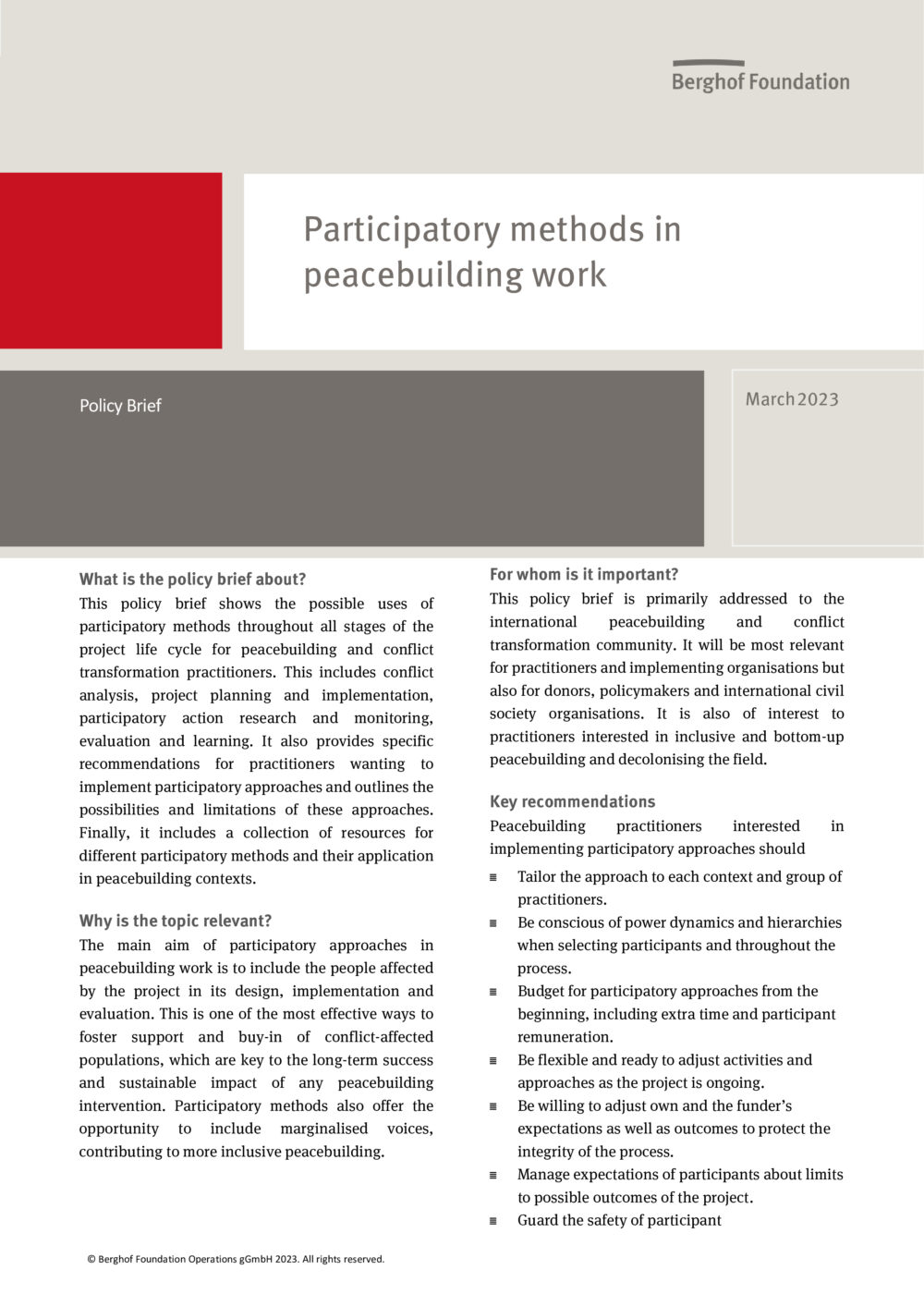
After working with groups of female ex-combatants from around the world for five years, my colleagues and I have gained valuable insights into the opportunities and challenges that participatory approaches offer. These include:
- Increased legitimacy and stronger relationships lead to a more sustainable impact
Participatory projects are more likely to lead to long-term change in people’s mindsets and behaviour since the project’s underlying “theory of change” is based on people’s lived experiences. Through engaging in a participatory process together, the relationships between peacebuilding organisations and partners, and among participants, usually become much stronger than in a traditional project setup – sustaining impact beyond the end of the project. - Participatory methods can contribute to decolonising peacebuilding
A participatory approach better highlights the economic and social inequalities that underly any peacebuilding or conflict transformation intervention. They therefore have a greater potential to respond to emerging calls for decolonising peacebuilding work by uncovering underlying power structures. However, without careful design, such a process can also reinforce existing power hierarchies either among participants or between the peacebuilding NGO and partners, or even bring tensions to the forefront that cannot be resolved within the scope of the project. - Participation requires both time and resources
Planning for and implementing participatory methods takes a lot more time than “regular” activities. Additional activities, such as co-designing workshops with participants, feedback loops with partners, or adjusting project activities also have cost implications. Compensation for the participation of affected communities in an often long and demanding process should also be factored in when designing and budgeting for projects: especially when they involve marginalised groups.
These are just a handful of our findings. But as we learned through our participatory research over several years, without curiosity and a willingness to step back, listen, and take what you hear seriously, peacebuilding interventions will often overlook the complexity of local histories and lived experiences.
You can read more about our lessons learned from participatory work in our latest policy brief.
Media contact
You can reach the press team at:
+49 (0) 177 7052758
email hidden; JavaScript is required
